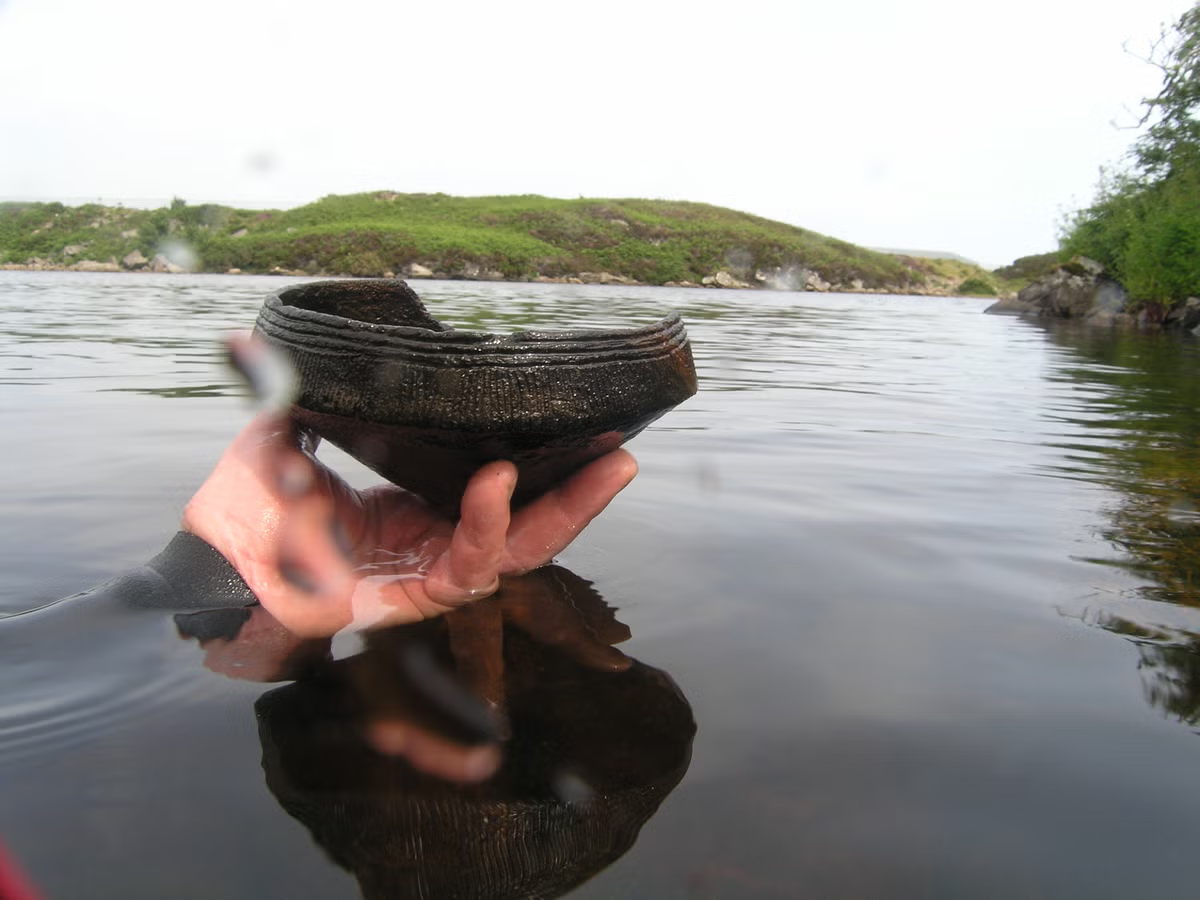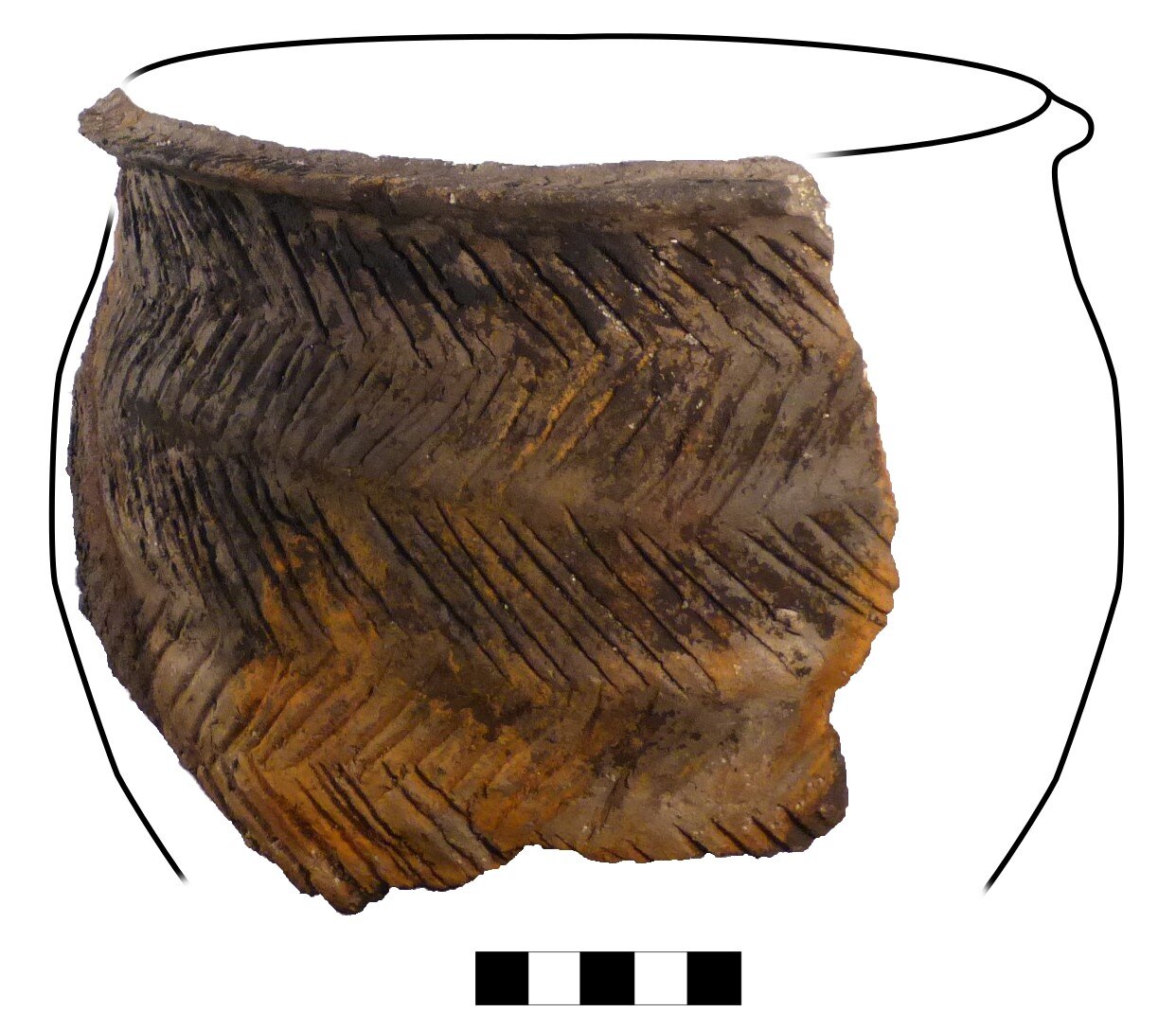Investigating Neolithic Era cooking methods

The Neolithic era, often dubbed the “New Stone Age,” marked a pivotal period in human history characterized by the transition from nomadic hunting and gathering to settled agriculture and domestication. Amidst this profound societal shift, culinary traditions emerged as a cornerstone of early human culture, offering a glimpse into the dietary practices and culinary ingenuity of our ancient ancestors.
To uncover the culinary tapestry of the Neolithic era is to embark on a journey through time, tracing the footsteps of early humans as they traversed the landscape in search of sustenance. Unlike their Paleolithic predecessors, who relied primarily on hunting and foraging, Neolithic communities embraced agriculture as a means of sustenance, cultivating crops such as wheat, barley, and legumes, and domesticating animals like goats, sheep, and cattle.

Central to Neolithic culinary traditions was the advent of agriculture, which heralded a newfound abundance of food and paved the way for culinary experimentation and innovation. Grains harvested from the fertile earth were ground into flour and transformed into primitive breads and porridges, providing a staple source of sustenance for early agrarian societies.
Moreover, the domestication of animals not only provided a readily available source of protein but also opened new avenues for culinary exploration. Meat, previously a rare commodity obtained through hunting, became more accessible, enabling Neolithic communities to incorporate it into their diets in various forms. From roasted meats cooked over open flames to hearty stews simmered in earthenware pots, early humans displayed remarkable culinary adaptability in utilizing the resources at their disposal.

Yet, perhaps the most intriguing aspect of Neolithic culinary traditions lies in the ingenuity displayed in food preservation techniques. With the advent of settled agriculture came the need to store surplus crops for leaner times, leading to the development of rudimentary methods of food preservation. Grains were stored in clay vessels, while fruits and vegetables were dried or fermented to prolong their shelf life, ensuring a steady supply of nourishment throughout the seasons.
Moreover, archaeological evidence suggests that early Neolithic societies were not averse to culinary experimentation, incorporating a diverse array of herbs, spices, and wild plants into their culinary repertoire. From aromatic herbs for seasoning to medicinal plants with purported healing properties, the Neolithic larder was a veritable treasure trove of botanical diversity, reflecting the intimate relationship between food, culture, and the natural world.

The significance of Neolithic culinary traditions extends far beyond mere sustenance; it offers profound insights into the cultural, social, and economic dynamics of early human societies. Food became a focal point of communal gatherings and ritualistic ceremonies, serving as a catalyst for social cohesion and cultural exchange. Moreover, the emergence of surplus food production laid the groundwork for the development of complex societies, marked by division of labor, trade networks, and socioeconomic stratification.
In conclusion, uncovering Neolithic culinary traditions provides a window into the rich tapestry of human history, offering a tantalizing glimpse into the dietary practices and culinary ingenuity of our ancient ancestors. From the humble beginnings of settled agriculture to the burgeoning complexity of early agrarian societies, the culinary landscape of the Neolithic era serves as a testament to the resilience, adaptability, and creativity of the human spirit in the face of adversity.










